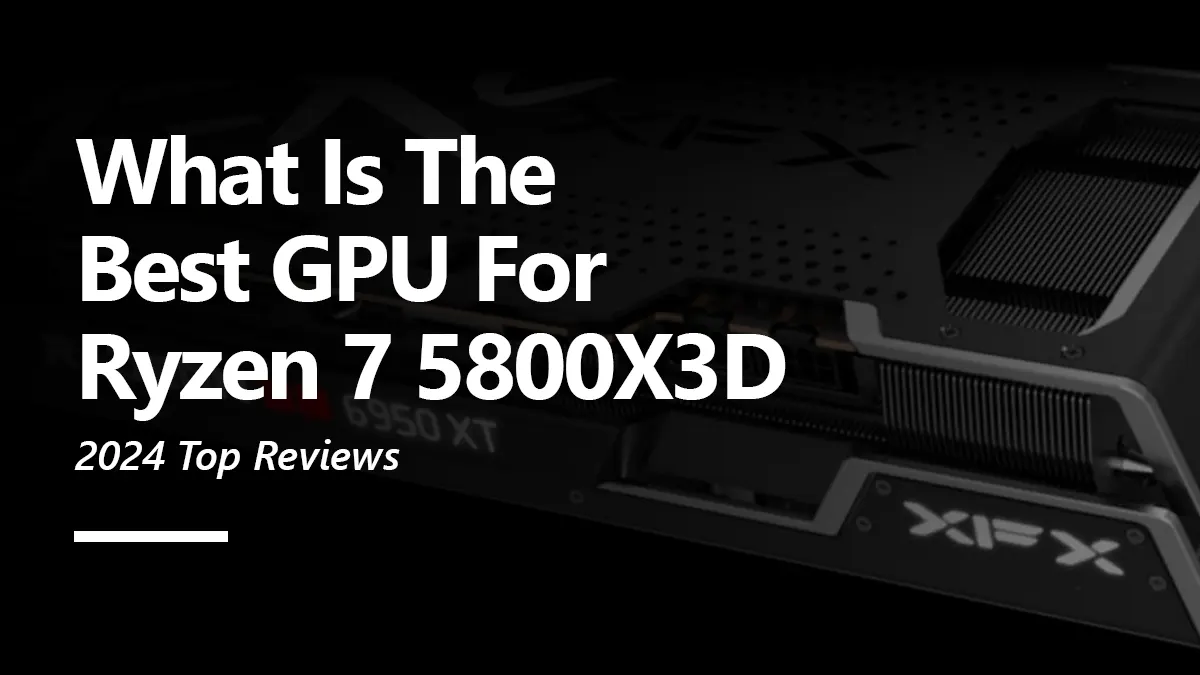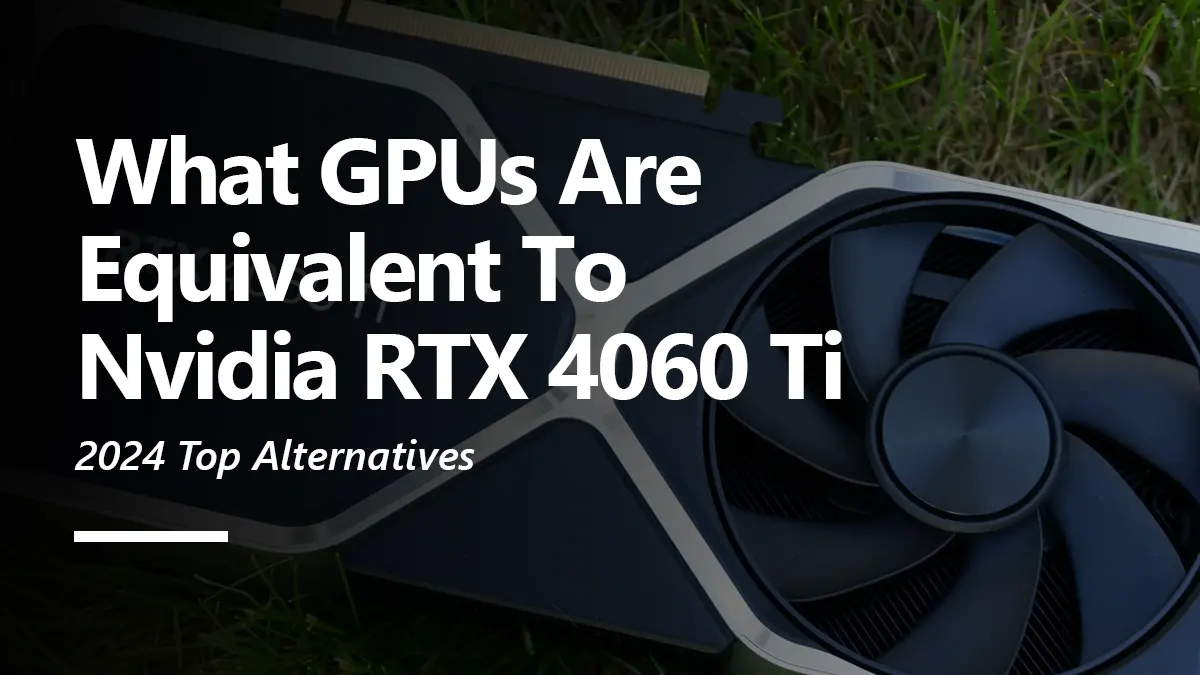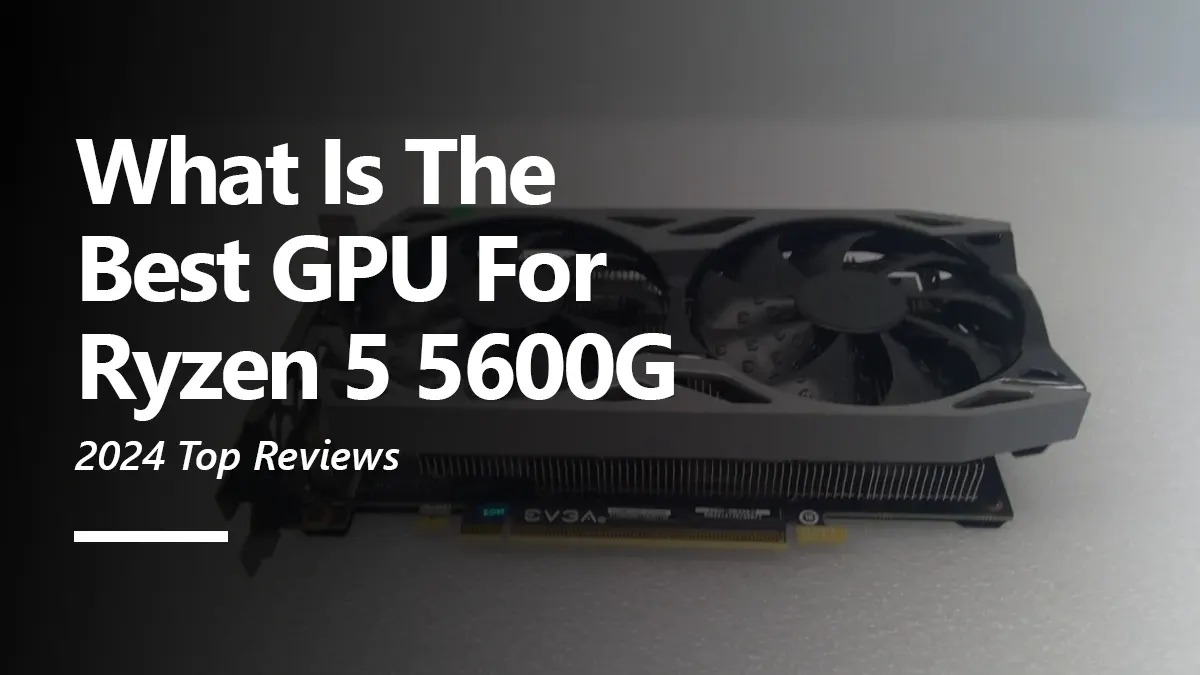Parallel to PC gaming, Gaming Consoles aren’t slowing down, and with the release of Sony’s newest PlayStation 5, the debate between Console and PC gaming is only getting heated. The PlayStation 5, or PS5, is an excellent gaming console with an exceptional generational leap in Console gaming.
We have previously discussed many GPUs and their equivalent counterparts in our articles. But for today, we are taking a bit of a distinct approach. For our audience, we will check out some GPUs that are inherently similar to PS5’s graphics power.
However, before that, we must be sure about PS5’s attributes. The PS5 runs on an AMD processing chip designed on Zen 2 CPU architecture. Aside from its exquisite general computing finesse, this chip includes an RDNA 2 graphics chip-let with 36 CUs and 2304 Shading engines and utilizes a fast 16GB GDDR6 memory to handle graphical assets of numerous games in its library.
Along with a 2233 MHz core clock, these features pretty much align it with some high-performing mid-range GPUs of its time. Furthermore, we have found perhaps the most identical dedicated graphics cards that PS5 fairly equalizes to.
GPU equivalent to the PS5
The RTX 2070 and RX 5700XT are impeccable matches for the PS5’s RDNA 2-based graphics processor. Though the PS5 might seem more capable of running the same games against these GPUs, this is because of the enhanced optimization of these games, especially for consoles. However, judging by the raw parameters of the Radeon GPU in PS5 and RTX 2070/RX 5700XT, it is crystal clear that these dedicated PC graphics cards are evenly capable. Let’s explore more of their qualities to grasp their performance output better.
Nvidia GeForce RTX 2070
The RTX 2070 is easily among the best high-end graphics cards ever. It was one of the original GPUs with hardware-accelerated raytracing for mainstream usage and had a contemporarily competitive performance, even after five years.
But what makes the RTX 2070 so excellent? Its attributes and nifty optimization for all-around usage have a massive impact on its performance. Though seemingly insignificant by modern standards, the 2070’s 8GB video memory is sufficient for running the heaviest games. Its board design and 175W power consumption are consistent with its 2304 CUDA Cores, 288 Tensor, and over 30 Raytracing units.
These units can clock at over 1600 MHz and, with their capability to handle DirectX 12 Ultimate, ensure excellent raytracing output. It has highly well-balanced thermals and almost half a terabyte of transfer bandwidth that works pretty well for a 1440p and probable 4K aptness, although that’s pushing it with modern titles.
| Feature | NVIDIA GeForce RTX 2070 | AMD Playstation 5 GPU |
|---|---|---|
| Architecture | Turing | RDNA 2.0 |
| Core Clock (MHz) | 1410 MHz | - |
| Boost Clock (MHz) | 1620 MHz | - |
| CUDA Cores | 2304 | 2304 |
| Memory Type | GDDR6 | GDDR6 |
| Memory Size (GB) | 8 GB | 16 GB |
| Memory Bus Width (bits) | 256 bit | 256 bit |
| Memory Speed (Gbps) | 1750 MHz 14 Gbps effective | 1750 MHz 14 Gbps effective |
| TDP (Watts) | 175 W | 180 W |
| DirectX Version | 12 Ultimate (12_2) | N/A |
| OpenGL Version | 4.6 | 4.6 |
| VR Ready | - | Yes |
| Ray Tracing Cores | 36 | - |
| Ports | 1x DVI 1x HDMI 2.0 2x DisplayPort 1.4a1x USB Type-C | 1x HDMI 2.11x USB Type-C |
| Price | $909.00 | $499.99 |
AMD Radeon RX 5700XT
If you want something entirely similar to the PS5 GPU, the closest entity to it is AMD’s RX 5700XT. Despite its preceding architecture, the RX 5700XT still has formidable raw power and extreme graphics output capability.
It also has an 8-gig video RAM with 2560 Shaders and 64 Compute units, but it has a slightly higher level of finesse due to its higher core frequency of 1.95 GHz. It doesn’t have any physical raytracing units or support DirectX Raytracing, which somewhat limits its usefulness.
Nevertheless, this GPU is perfect for those looking for a bang-for-buck gaming experience. Its 4K output is a familiar experience to the RTX 2070, with both being good for resolution with some compromises.
| Feature | AMD Radeon RX 5700 XT | AMD Playstation 5 GPU |
|---|---|---|
| Architecture | RDNA 1.0 | RDNA 2.0 |
| Core Clock (MHz) | 1605 MHz | - |
| Boost Clock (MHz) | 1905 MHz | - |
| CUDA Cores | 2560 | 2304 |
| Memory Type | GDDR6 | GDDR6 |
| Memory Size (GB) | 8 GB | 16 GB |
| Memory Bus Width (bits) | 256 bit | 256 bit |
| Memory Speed (Gbps) | 1750 MHz 14 Gbps effective | 1750 MHz 14 Gbps effective |
| TDP (Watts) | 225 W | 180 W |
| DirectX Version | 12 (12_1) | N/A |
| OpenGL Version | 4.6 | 4.6 |
| VR Ready | - | Yes |
| Ray Tracing Cores | - | - |
| Ports | 1x HDMI 2.0b 3x DisplayPort 1.4 | 1x HDMI 2.11x USB Type-C |
| Price | $455.99 | $499.99 |
Conclusion
Finally, Combining these GPUs with a compatible processor is essential to get the desired outcome. The PS5 has an exceptionally robust and reliable APU chip with the faculty to support its exclusive games.
With an obvious compromise of some gaming performance inherent to consoles and their games, PCs built with these GPUs and good processors in the center would probably be excellent gaming machines.
With these GPUs, you are assured of getting that PS5 gaming vibe with almost no distinction. You can get the same 4K 60/120Fps gameplay on these GPUs that the PS5 is sought chiefly for, combined with the flexibility of handling other tasks.




